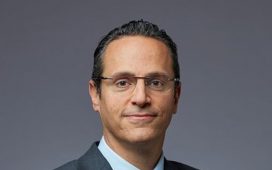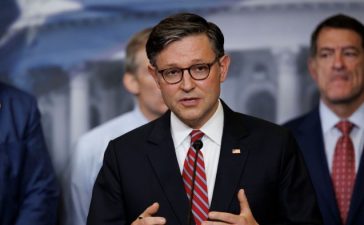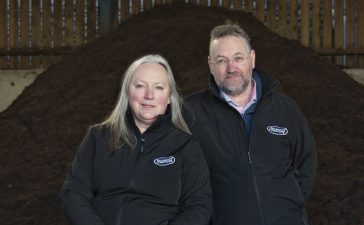During the same quarter a year ago, the company had reported a net profit of Rs 7,556 crore.
The board at the state-run infrastructure lender recommended a final dividend of Rs 2.05 per share for FY25, taking the total dividend to Rs 15.80 per share.
Net interest income, or the different between interest earned and expended, rose 38% to Rs 12,092 crore in the March quarter from Rs 8,739 crore a year earlier.
During the quarter, the company saw gains from resolution of KSK Mahanadi, a 3,600 MW thermal generation project with outstanding of Rs 3,300 crore, with overa 100% recovery. The company recovered Rs 4,500 crore in this account including interest. With this, gross NPA fell to 1.94% from 3.34% and Net NPA ratio declined to 0.39% in FY25 from 0.85% in FY24.
The company reported its highest-ever annual profit after tax at Rs 17,352 crore in FY25, rising from Rs 14,367 crore a year earlier.Going forward, the company expects resolutions in two NCLT cases- Sinnar Thermal and India Power Haldia- and for Shiga and TRN Energy outside NCLT.On the downside, fresh provisions of Rs 1,000 crore were made due to the re-ranking of DISCOMs under the 13th Integrated Ranking Methodology. An additional Rs 260 crore was provided for the fully provisioned Gensol account. Also, Stage 2 asset provisioning was also raised to 1.25% as a prudence measure.
PFC said disbursements in FY25 were largely driven by the distribution sector, mainly state-run DISCOMs and renewables, aiding the loan book to grow 12.81% to Rs 5.43 lakh crore including renewables at Rs 80,000 crore.
The company’s chairperson Parminder Chopra said she expects the loan book to expand 10-11% in FY26, led by renewables.
On the nuclear energy front, Chopra said the company is open to funding but is awaiting a clear policy direction from the government.
For thermal projects, she said that while it continues to support state and private players, disbursements will materialize over the medium term due to longer gestation cycles. In contrast, renewable projects offer shorter turnaround and will likely drive near-term funding.











